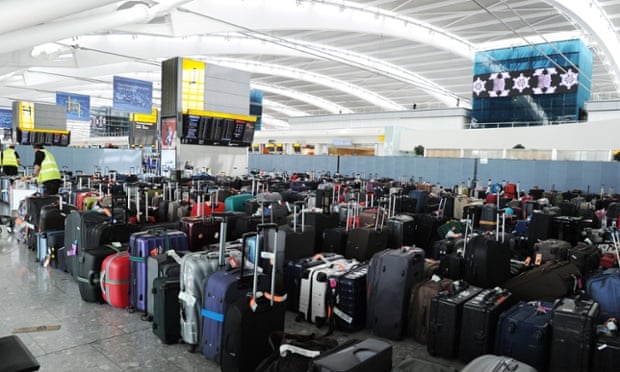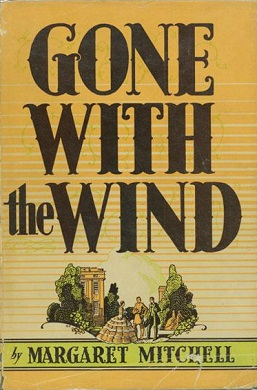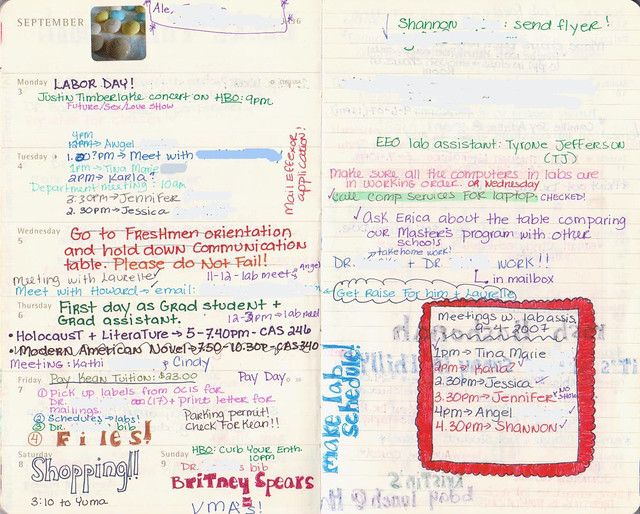A freebie or a reduced price mean nothing in themselves if the benefit can't be seen quickly. In fact, to be brutally honest, readers who've been burned before may fear that a free book is not worth the price...and that a $.99 book isn't worth a penny more.
But what can the benefit be if not price or the bland commonalities offered by so many others: thrills, romance, suspense, chills...? You won't find room on Twitter or the average free site listing to get across your difference. So take whatever chance you get to nail your point of entry...as I hope to do right now by way of demonstration.
My Double Event Next Week--and Its Benefits for Readers
Free Event: 02/2-02/06: The Vanishing Magic of Snow--a reformatted and revised edition.
Benefits: Previous readers receive a free, properly formatted edition with light but important revisions. Others can enjoy a tale unlike anything else that's on Kindle--without charge. TVMOS will have special appeal for all readers who share my interest in the subject of manifestation, as popularized in The Secret. It concerns one ruined man's use of magic to escape The Great Recession--with a risky trick that killed his friend. Partly set in Toronto in the 1970s, TVMOS features cameos by some well-known people including: Leonard Cohen, Margaret Atwood, Linda Lovelace, Xaviera Hollander...
Link: http://tinyurl.com/m9ep5fs
Amazon Countdown Event: 02/02-02/09: Red Champagne--the second book from my new formatter and the first with my new cover artist. The Countdown Event offers layered savings before a return to the regular price:
02/02: $.99
02/05: $1.99
02/09: $2.99
Benefits: Red Champagne has been described as combining Groundog Day and The Great Train Robbery. Extensive research puts readers on board the legendary train, The Twentieth Century Limited, in 1938. And in this book I've drawn on my background as a professional writer to give readers a unique thrill ride combining mystery, fantasy and magic. Reviewers have agreed that they've never read anything like it.
Link: http://tinyurl.com/maavygs
So, buy now...and save big...while you receive rich benefits!



















 :
: